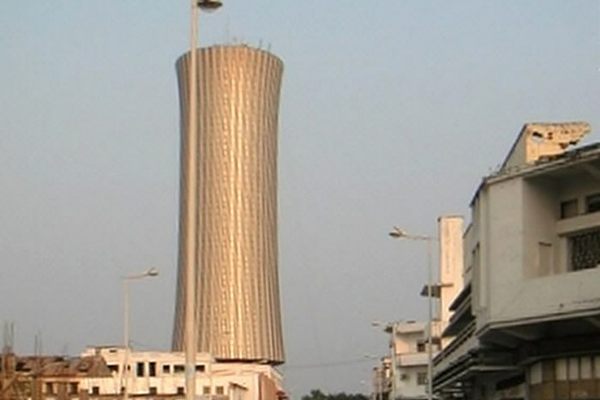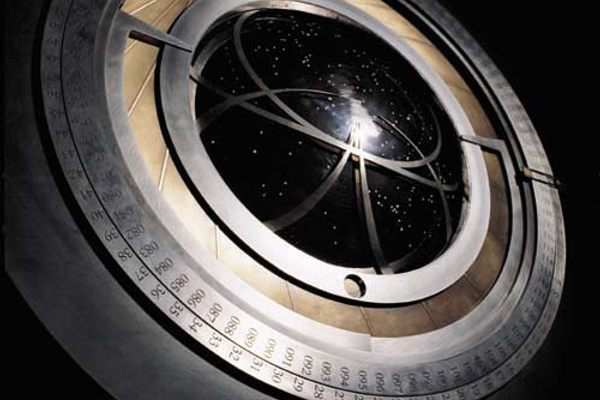Oklo Reactor
The world's first and only natural nuclear reactor.
Many people think nuclear power is an invention of mankind, and some even think it violates the laws of nature. But nuclear power is in fact a naturally occurring phenomenon, and life could not exist without it. That’s because our sun (and every other star for that matter) is itself a giant power plant, lighting up the solar system through a process known as thermonuclear fusion.
Humans, however, generate power through a different process called nuclear fission, which releases energy by splitting atoms rather than combining them as in the fusion process. No matter how ingenious our race may seem though, even fission reactors are old news to Mother Nature. In a singular but well-documented circumstance, scientists have found evidence that naturally occurring fission reactors were created inside three uranium ore deposits in the west African country of Gabon.
Two billion years ago, the uranium-rich mineral deposits became flooded with groundwater, setting off a self-sustaining nuclear chain reaction. The energy that was subsequently released then raised temperatures enough to begin boiling away the water, but when the mineral deposits eventually cooled down the nuclear reactions would start back up again. By examining the levels of certain isotopes of xenon gas (a byproduct of the uranium fission process) in the surrounding rock, scientists have determined the natural reactor proceeded in this start-stop fashion at intervals of about two and a half hours.
In this manner, the uranium deposits in the Oklo region of Gabon created a natural nuclear power plant that operated for hundreds of thousands of years until most of the fissile uranium was depleted. While a majority of the uranium at Oklo is the non-fissile isotope U238, only about 3% needed to be the fissile isotope U235 for the chain reaction to start. Today, that percent of fissile uranium in the deposits is around 0.7%, indicating that the deposit had sustained reactions for a relatively long period of time. But it was this exact characteristic of the rocks from Oklo that first puzzled scientists.
The low levels of U235 were first noticed in 1972 by employees of the Pierrelatte uranium enrichment facility in France. During routine mass spectrometry analysis of samples from the Oklo mine, it was discovered that the concentration of the fissile uranium isotope differed by three thousandths of a percent (0.003%) from the expected value. This seemingly small difference was significant enough to alert authorities, who were concerned that the missing uranium could be used to develop nuclear weapons. But later that year, scientists found the answer to the two-billion-year-old secret: the world’s first, and only natural, nuclear reactor.













Follow us on Twitter to get the latest on the world's hidden wonders.
Like us on Facebook to get the latest on the world's hidden wonders.
Follow us on Twitter Like us on Facebook